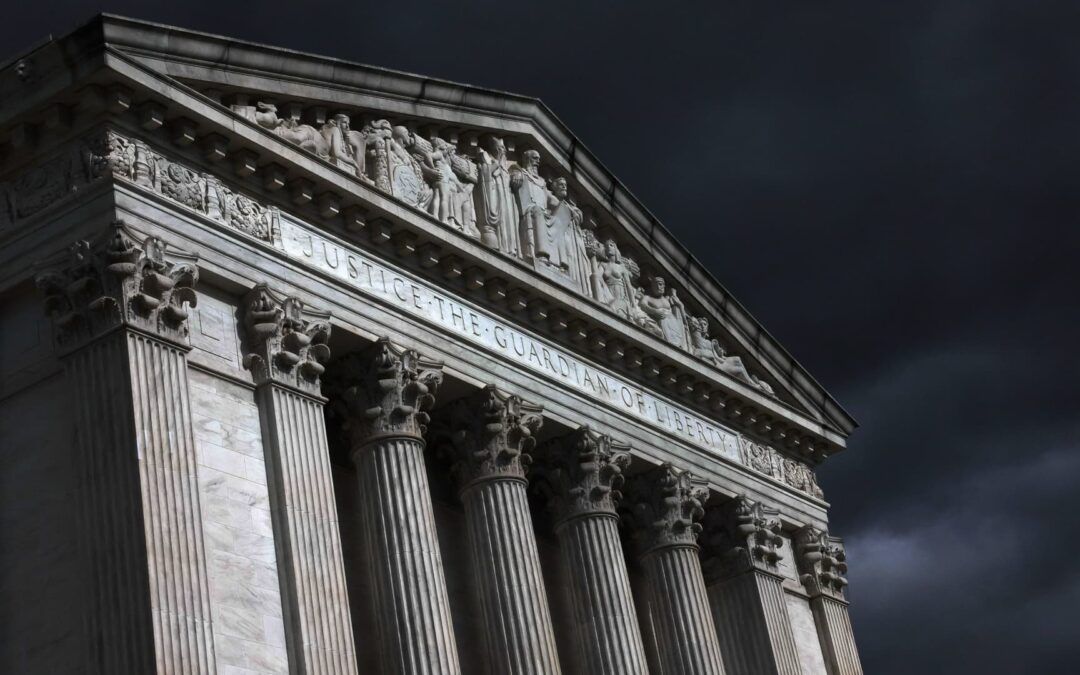Four days after the Supreme Court ruled in the case of Loper Bright Enterprises vs. Raimondo, overturning the 40-year-old precedent known as the Chevron deference, the justices announced they would be sending nine cases back to lower courts in light of their ruling.
This batch of cases may be the first indication of the legal upheaval that could play out across the United States judiciary now that one of the most widely cited Supreme Court opinions has been reversed.
“The majority’s decision today will cause a massive shock to the legal system,” Justice Elena Kagan wrote in her dissenting opinion.
By reversing its 1984 ruling in the case of Chevron v. Natural Resources Defense Council — which let judges defer to federal agencies’ interpretation of statutes when language was unclear — the court slashed the authority of regulators and empowered the judiciary.
It also called into question the fate of the more than 19,000 past federal cases that cite the precedent.
In his majority opinion, Chief Justice John Roberts appeared to anticipate this consequence.
“The holdings of those cases that specific agency actions are lawful — including the Clean Air Act holding of Chevron itself — are still subject to statutory stare decisis,” he wrote, referring to the legal principle of adhering to judicial precedent.
But Roberts’ stipulation may not be enough to stop the “legal earthquake” that the court created with its ruling, according to Cary Coglianese, a law professor at the University of Pennsylvania and director of the Penn Program on Regulation.
The Supreme Court protected agencies’ past actions, Coglianese explained, but it said little about the agencies’ past interpretations of laws, leaving the door cracked open for prior cases to be challenged.
“On some reading of what the court has done, those opportunities to reopen [previously closed cases] are still there,” he said, “and you can expect that people will try to exploit those.”
Seizing the moment
In two of the cases remanded to lower courts in light of the Loper decision, the plaintiffs share the same lawyer: the Pacific Legal Foundation, or PLF.
According to its website, the PLF — which called for an end to the Chevron deference in an amicus brief it filed in the Loper case — represents at least five different plaintiffs whose cases stand to benefit from Chevron’s reversal.
The public interest law firm is one of several conservative, anti-regulation groups that have been preparing for the Supreme Court’s reversal of Chevron, according to Accountable.US, a nonpartisan research organization focused on special interests.
A new report from the group identifies four organizations, including the PLF, planning legal challenges and lobbying efforts now that the precedent has been overturned. The others are the Balancing Act Project, which says on its website that it will work to define “a new regulatory environment” in the post-Chevron world; the Competitive Enterprise Institute, an anti-regulation nonprofit challenging the Environmental Protection Agency’s authority; and Americans for Prosperity, the Charles Koch-backed network whose lawyers represented the plaintiffs in Loper.
“Not only has the conservative legal movement long been pushing for the downfall of Chevron deference, but key groups actually lined up challenges ahead of the ruling to immediately benefit from the new regulatory landscape they created,” Caroline Ciccone, president of Accountable.US, told CNBC.
“They’re wasting no time to ensure that corporations and special interests reap the rewards of this power grab ruling, at the expense of everyday Americans,” she said.
All four organizations publicly celebrated the Supreme Court’s decision to overturn Chevron, which conservatives saw as the rightful curtailing of unelected bureaucrats’ authority.
And just three days later, conservatives praised the court again when it ruled in the case of Corner Post v. Board of Governors of the Federal Reserve System. The court’s 6-3 decision in Corner Post significantly expanded the rights of individuals to sue regulators, another blow to federal agencies.
Together, these rulings convey a clear message from the Supreme Court, Coglianese said: “The doors to the courthouse are open to hear complaints about agency power.”









